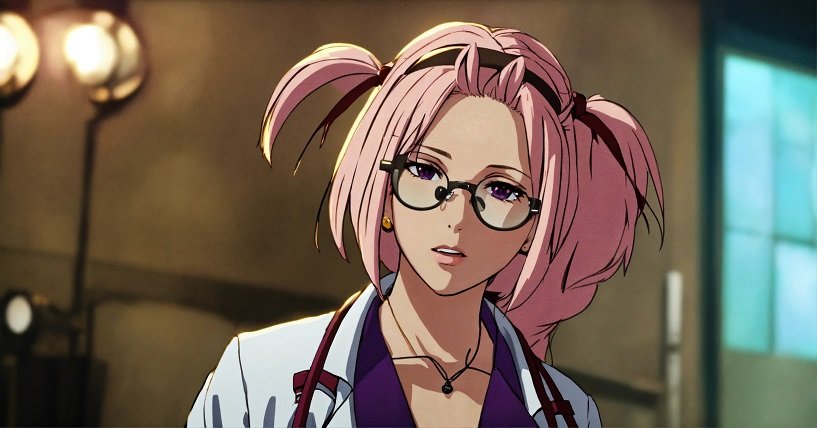Introduction
Anime, anime hair styles with its diverse cast of characters, dazzles not only with engaging storyline but also with visually amazing visuals. Among the many features that add to its allure, one sticks out: the famous hairstyles worn by the characters. From gravity-defying spikes to flowing locks in every color imaginable, anime hairstyles push the bounds of reality and enter the realm of fantasy. In this detailed guide, we will dig into the wonderful world of anime hairstyles, discussing their origins, evolution, significance, and cultural impact.
Origins of Anime Hairstylesanime hair styles
The origins of anime hairstyles may be traced back to the early pioneers of manga and anime,anime hair styles such as Osamu Tezuka, whose distinctive character designs lay the groundwork for the various hairstyles seen in modern anime. These early character designs, influenced by a combination of traditional Japanese aesthetics and Western art traditions, paved the way for future experimentation and creativity.
Evolution of Anime Hairstylesanime hair styles
As anime grew over time, so did its hairstyles. Anime hairstyles have evolved dramatically, from modest and discreet designs in the past to ornate and extravagant trends today. This history reflects not just changes in artistic movements, but also in societal conventions and cultural influences.
Iconic Anime Hairstylesanime hair styles
Certain anime hairstyles have become iconic, ingrained in the collective psyche of fans throughout the world. From the spiky orange locks of Goku in Dragon Ball to the elegant blue hair of Sailor Mercury in Sailor Moon, these hairstyles serve as visual identities for their respective characters and franchises, creating an indelible impression on viewers.
Cultural Significance of Anime Hairstylesanime hair styles
Anime hairstyles are more than just artistic flourishes; they hold significant cultural meaning as well. In Japanese culture, hair has long been associated with notions of beauty, identity, and social status. Anime hairstyles often reflect these cultural norms, with certain styles symbolizing specific character traits or societal roles.
Influence of Anime Hairstyles on Fashion and Trendsanime hair styles
Anime’s influence extends beyond animation to fashion, beauty, and popular culture in general. Countless fans throughout the world are inspired by their favorite anime characters, imitating their hairstyles and blending elements of anime aesthetics into their own personal styles. From cosplay gatherings to runway events, anime hairstyles continue to create waves in the fashion industry.
Breaking Boundaries with Gender and Hairstyles
One of the most notable features of anime hairstyles is their ability to defy gender stereotypes. In anime, characters of all genders wear a variety of hairstyles, ranging from long flowing locks to short, spiky cuts. This flexibility not only challenges traditional ideals of beauty, but it also encourages inclusivity and diversity within the medium.
Conclusion
Anime hairstyles are more than just cosmetics; they are powerful statements of creativity, individuality, and cultural significance. From their humble beginnings to their lasting impact on fashion and popular culture, anime hairstyles continue to attract and inspire people all around the world. As we continue to explore the broad and ever-expanding world of anime, let us recognize the diversity and beauty represented by these famous haircuts.
FAQ
Are anime hairstyles realistic?
While certain anime hairstyles appear fantastical and exaggerated, they frequently serve creative and dramatic objectives rather than aiming for realism.
Can I recreate anime hairstyles in real life?
Certain anime hairstyles can be recreated in real life using the appropriate styling techniques and materials. However, some styles may necessitate greater work and skill than others.
Do anime hairstyles have any cultural significance?
Yes, anime hairstyles often reflect cultural norms and traditions, with certain styles symbolizing specific character traits or societal roles within Japanese society.

